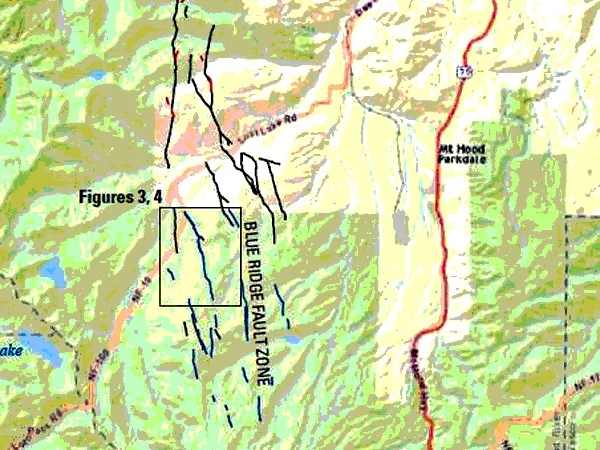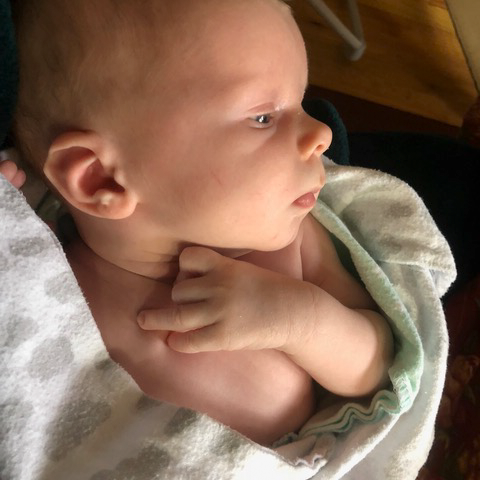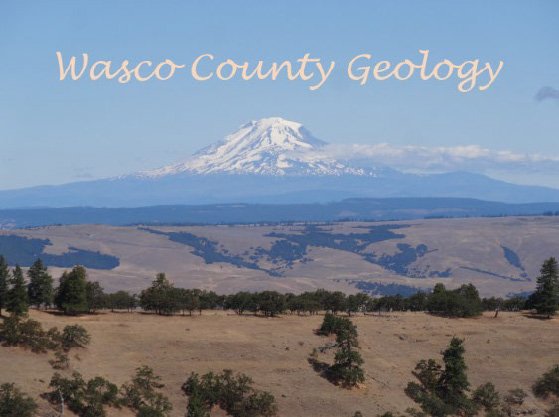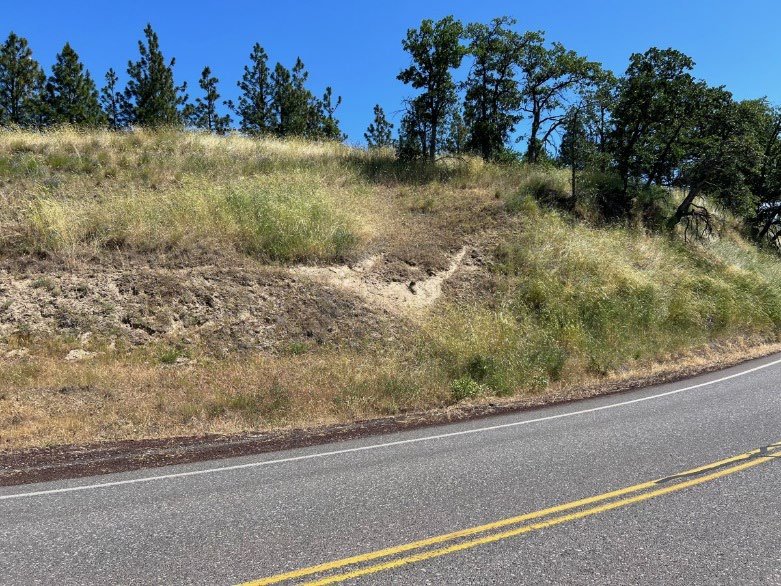This spring Portland area schools have asked for supplements to their regular Earth Science curricula and GSOC was happy to respond.
In May, Springwater Environmental Science School in Oregon City asked for a speaker on the subduction earthquake, to which President Sheila Alfsen, as public outreach officer for GSOC, responded. The students were very engaged and interested to learn about this important topic.
In June, Hockinson Middle School asked for rocks to use as a classroom set. Word was put out to GSOC members who responded generously! We were able to donate classroom rocks for both Earth Science teachers at the school.
Sheila spent the day preparing the seventh graders for their upcoming hike around the pumice plain at Mt St. Helens. The school is grateful to have our help!
Public outreach is also being expanded by Past-President Paul Edison Lahm at our monthly GSOC Meetup group at Woodstock Wine and Deli. Paul will also be collaborating on outreach this summer with Oregon Agate and Mineral Society, People of Color Outdoors, and Positively Portland.
Read More


































































